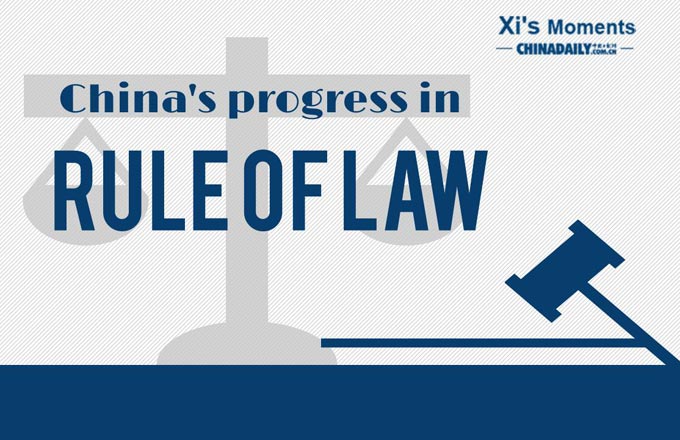Red riding journey
'Red tours' are red hot and take visitors on a Long March down memory lane
For the past five years, the Chinese government has designated landmark places that have historical links with the development of the Communist Party of China in order to boost the economy of revolutionary regions. The government estimates the sites have raised more than 100 billion yuan (10.9 billion euros) for these regions, which are mainly located in mountainous areas and are comparatively poor. The increased tourism has provided job opportunities for 2 million people and has indirectly benefited 10 million residents. Now these towns and cities, many along the route of the Long March (1934-36), have become popular tourist hubs that are attracting millions of visitors each year. Here are five special revolutionary spots worth checking out.
1. Shaoshan, HunanShaoshan, in Central China, is the birthplace of Mao Zedong (1893-1976), founder of the People's Republic of China. Local stores sell everything related to Mao. Local restaurants also serve up Mao's favorite dishes, too.
Located about 100 km from Hunan province's capital Changsha, Shaoshan has a moist, subtropical, monsoon climate with four distinctive seasons and the beautiful scenery of the countryside has a Tuscan feel about.
Mao came into the world on December 26, 1893 and his birthplace home is a must-see. The thatched roof cottage has a courtyard and sits on a wooded hillside, above lush paddy fields. Within the rooms are various personal belongings of Mao and his parents. There are more than 500 artifacts on display.
Nearby is Nan'an Private School, which Mao attended and close by is the Memorial Hall, which boasts a collection of more than 10,000 items that detail the great helmsman's early life. The exhibition includes his childhood bed, his favorite books, such as the Analects of Confucius, and his diaries that detail his thoughts during the period he launched the local peasant movement.
2. Jinggangshan, Jiangxi
Jinggangshan is known as the "cradle of the Chinese revolution" and the birthplace of the Chinese Red Army (1927-1936), the forerunner of the People's Liberation Army (PLA). During the civil war, veteran revolutionists, such as Mao and Zhu De, conducted operations here among the mountains, rivers and clumps of azalea.
The main tourist site is Jinggangshan Revolutionary Martyrs Cemetery, which is located in the north of Beiyan Peak in Ciping, once a military base of the Red Army.
Beiyan Peak itself is interesting because it is shaped like an arhat, or spiritual practitioner who has realized certain high stages of attainment.
After entering the cemetery's main gate, there are two groups of steps with symbolic meaning - 49 steps for one group, which signifies that China was founded in 1949, and 60 steps for another group, which represent that the base area had been established for 60 years when the cemetery was founded in 1987.
In a glass case inside the Homage Hall are the names of the Jinggangshan martyrs and the pictures of the CPC leaders who passed away after 1949. On the walls are carved the names of 15,744 martyrs who were killed during the struggles in Jinggangshan.
3. Zunyi, Guizhou
This city in Southwest China is where Mao was elected CPC leader in during the Long March in 1935. Zunyi is 170 km north of Guiyang, the capital city of Guizhou Province, and was a strategic place during the civil war. After the famous "Zunyi Conference", Mao and two other leaders formed a leadership group to better manage the march.
The important meeting was held in a two-story house built in 1930s with a mix of Chinese and Western architectural styles. It once belonged to a Kuomintang commander and at the time was considered the best building in the city.
The conference site has been converted into a memorial commemorating the Long March and boasts a collection of more than 1,500 historical relics.
- IEA says China remains leader of renewables
- Courier company fined for not checking parcels
- Documentary short film shows China's development via television
- Smaller, low-calorie mooncakes popular as Chinese avoid extravagance, overweight
- China hosts 461m domestic tourists during holiday






















